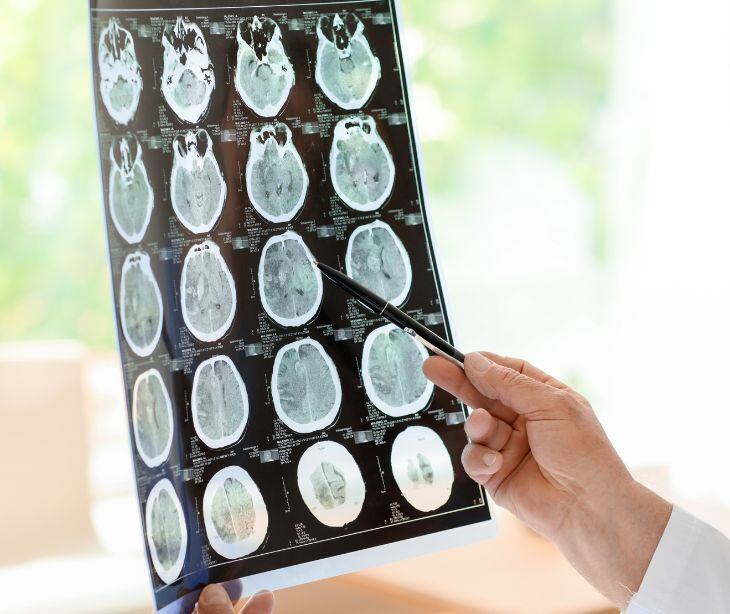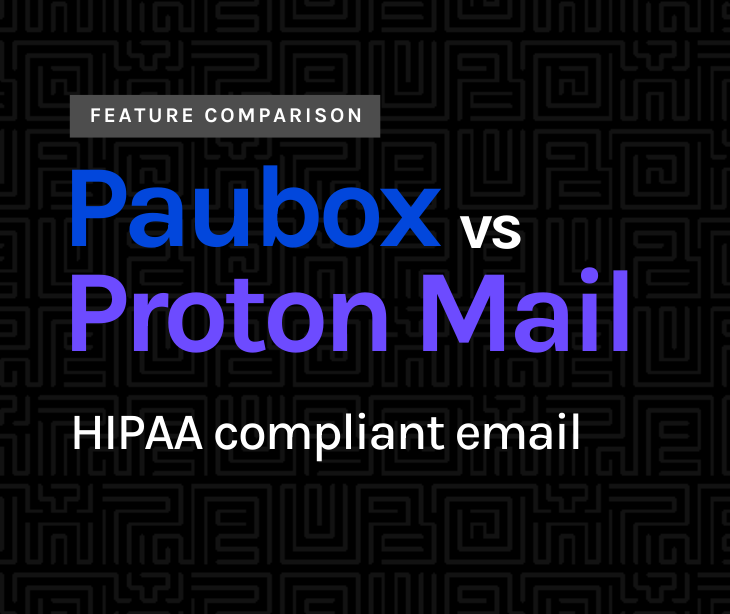
Auto-reply messages are automated responses generated by email systems to notify senders that the recipient is temporarily unavailable and may provide alternative contact information or instructions. When used in patient communication under HIPAA, there are limits that healthcare organizations must be aware of.
What is the role of auto-reply messages in email communication?
Auto-reply messages inform senders that the recipient is temporarily unavailable and may provide alternative contact information or instructions. In healthcare, they can be used to inform patients and colleagues about temporary unavailability, such as vacations, conferences, or medical leave.
How does HIPAA apply to auto-reply messages?
HIPAA sets the standards for the protection of patients' sensitive health information. When it comes to auto-reply messages in email communication, several compliance considerations come into play:
- Patient confidentiality: Auto-responder messages should never disclose specific patient health information. They must be generic and avoid mentioning any patient's personal health details or identifiers in the reply.
- Limited information: Beyond maintaining patient confidentiality, the information in auto-reply messages must be limited to the essentials.
- Obtaining patient consent: Healthcare providers must obtain patient consent for electronic communication and inform patients about the potential risks of using email. To obtain patient consent effectively, healthcare organizations should provide clear information, use an opt-in approach, and inform patients about their right to revoke consent.
- Secure email: Using encrypted and HIPAA compliant email ensures patient privacy. Encryption ensures that even if an unauthorized party intercepts the email, they cannot access or decipher the content. Encryption also maintains compliance if PHI is inadvertently included in the auto-reply.
Crafting HIPAA compliant auto-replies for patient communication
- Avoid specifics: Avoid mentioning specific patient information or diagnoses, even inadvertently, by including the original email in the reply.
- Brevity: Keep the message brief and focused on providing alternative contact information. Patients and colleagues need to know how to reach someone in case of an urgent matter.
- Timely deactivation: Deactivate the auto-reply message promptly when back to work or available to respond to patient inquiries. Leaving it active when no longer necessary could inadvertently expose sensitive information to unintended recipients.
Subscribe to Paubox Weekly
Every Friday we'll bring you the most important news from Paubox. Our aim is to make you smarter, faster.




